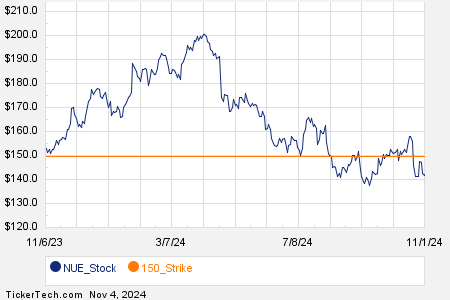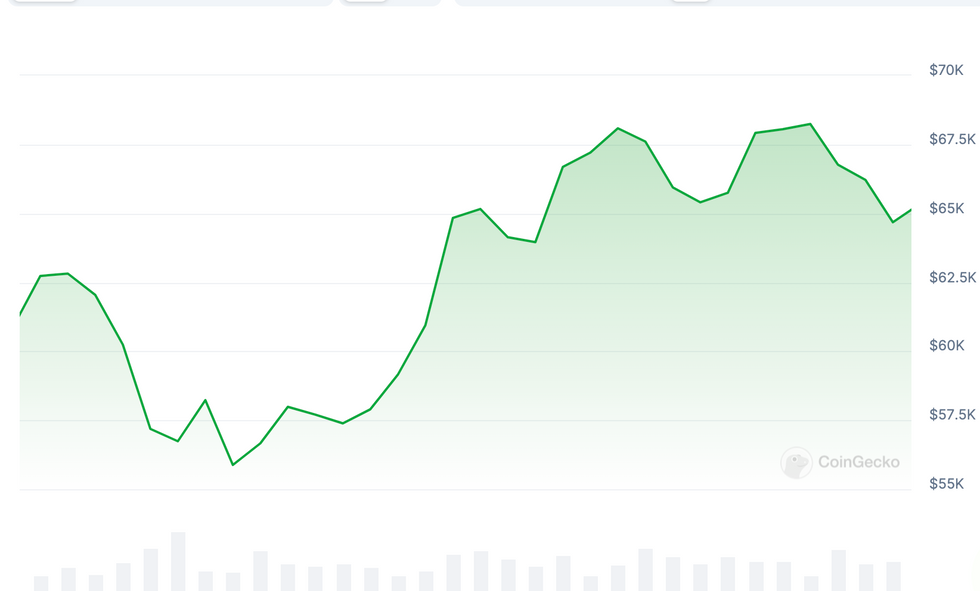While it can be tempting to bet on flashy, smaller companies, blue chip behemoths like Amazon (NASDAQ: AMZN) might also have a place in your portfolio. The technology conglomerate is far from its days of heady top-line growth, but cost-cutting and new opportunities in artificial intelligence (AI) could still unlock significant shareholder value.
Let’s delve deeper into what the next three years could have in store.
The Cash Cow of E-commerce
Online shopping has been a part of mainstream American life for decades, making it seem a little boring compared to other technology opportunities. That said, Amazon has exploited that market like nobody else for decades. Now, the company’s e-commerce business enjoys some exciting trends that could continue to unfold over the coming years.
Second-quarter revenue increased by 10% year over year to $148 billion, driven by strong e-commerce sales. Over the last few years, Amazon has dramatically cut costs in its core business — laying off thousands of redundant workers and streamlining its fulfillment strategy from a national network to a more efficient regionalized model.
CEO Andy Jassy has also backed away from more risky ventures like “just walk out” checkout-free shopping to focus on more tried and true strategies, including self-checkout grocery carts at its brick-and-mortar Whole Foods stores.
The reorientation is having a dramatic impact on Amazon’s bottom line. The North American e-commerce segment’s operating margin jumped 58% year over year to $5.1 billion, while international e-commerce swung from a loss of $895 million to a gain of $273 million. Amazon doesn’t break down its profits on a per-country basis. However, some international markets are likely more profitable than others, making this segment a great opportunity for future cost-cutting.
Diversifying with New Growth Drivers
Amazon’s future isn’t limited to just cost-cutting in its e-commerce business. The company has additional growth drivers investors can be excited about. Within the Amazon Prime ecosystem, video streaming has arguably evolved from a loss leader to an important value creator.
According to an Evercore survey, 80% of Prime members watch Prime Video. And it isn’t hard to see why. The platform is known for popular shows like The Boys and expanded live sports offerings such as select NFL and NBA games. And it represents a good value compared to popular alternatives because it combines video streaming with shopping perks and discounts for a relatively low price of $14.99 per month. It’s a unique bundle, offering a distinct value to Amazon’s customers. Netflix and Disney+ ad-free plans cost $15.99 and $13.99, respectively, and they don’t come with Prime’s shopping-related perks.

Image source: Getty Images.
Investors also shouldn’t forget about Amazon’s foray into generative artificial intelligence (AI) — a business that helped its cloud computing segment, Amazon Web Services (AWS), grow second-quarter sales by 13% to $9.3 billion and operating income by 38% year over year to $7.2 billion.
Fair Valuation and Future Outlook
There is a lot to like about Amazon, and the company’s valuation is icing on the cake. With a forward price-to-earnings (P/E) multiple of 32, shares are slightly more expensive than the Nasdaq-100 average of 29. But this premium looks fair, considering the company’s cost-cutting efforts and opportunities for future growth in video streaming and AI.
Over the next three years, Amazon may enjoy significant bottom-line momentum. And its shares look set to outperform the market.
Is Investing in Amazon Worth It?
Before you buy stock in Amazon, consider this:
The Motley Fool Stock Advisor analyst team just identified what they believe are the 10 best stocks for investors to buy now… and Amazon wasn’t one of them. The 10 stocks that made the cut could produce monster returns in the coming years.
Consider when Nvidia made this list on April 15, 2005… if you invested $1,000 at the time of our recommendation, you’d have $743,952!
Stock Advisor provides investors with an easy-to-follow blueprint for success, including guidance on building a portfolio, regular updates from analysts, and two new stock picks each month. The service has more than quadrupled the return of S&P 500 since 2002*.
*Stock Advisor returns as of September 23, 2024




